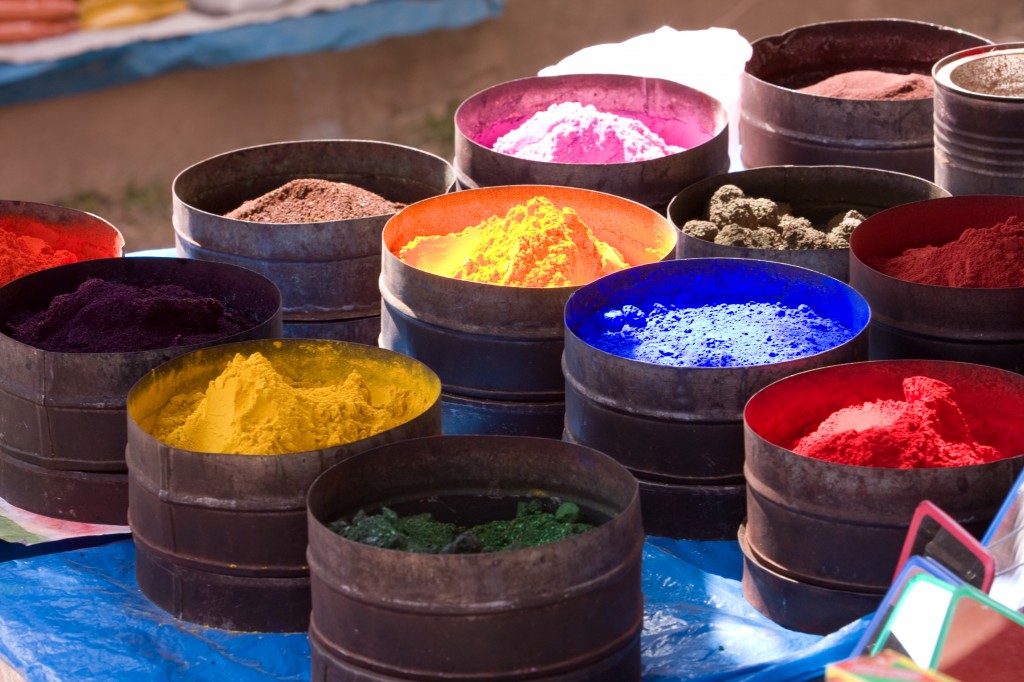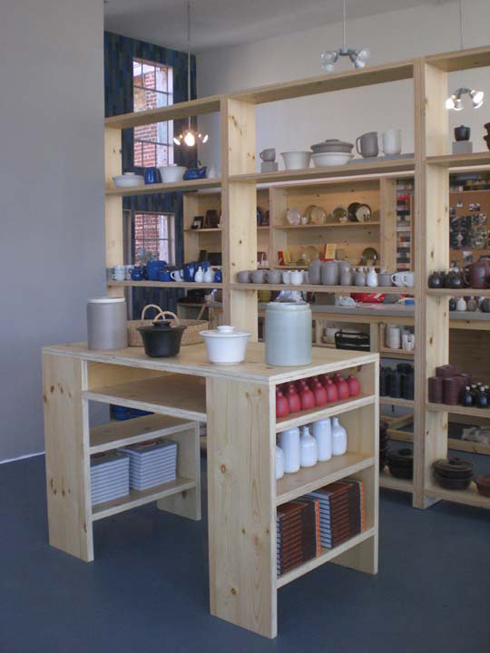According to NYT Design Loves a Depression
Written by faith | 3Michael Cannell authored this provocative, well written post earlier this month. He chronicles the excess of the recent years with $10K sofas and $8K chairs which now sit in a lonely fashion in the empty, slick condos across the nation. http://www.nytimes.com/2009/01/04/weekinreview/04cannell.html
The valid question he poses is will the design world regain relevance? I think so and as evidence I point to the rapid innovation in green furnishings and the reuse of materials. In the Depression, Modernism introduced affordable furnishings, linens and tablewares, all well designed. The ever popular, enduring Eames chair is a product of the 1940′s.
Quoting Reed Kroloff of Cranbrook Academy, “designers are good at coming up with new ways of looking at complex problems”. Though we enjoy good design from IKEA and Target, improved quality at slightly higher prices most likely will discourage landfill throwaways. To avoid landfills, our manufacturing and distribution must be in greater proximity to the consumer. This means a big reduction in imported furnishings.
The optimum design solution is one that incorporates recycling of materials and parts specifically into the object be it a sofa, chair, carpet or lamp. This is the cradle-to-cradle concept of Mcdonough and Braungart likely to be promoted in the years ahead.



